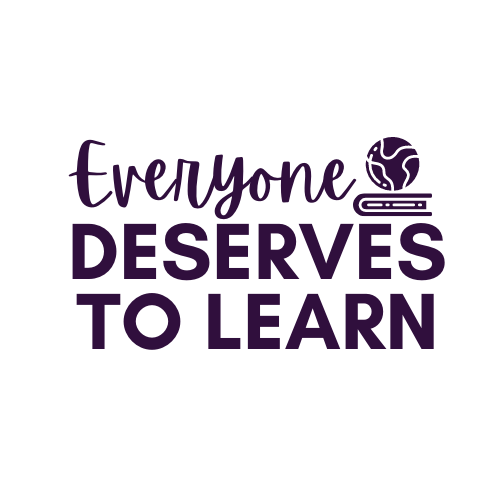How the Theory of Change Affects Curriculum Adoption
Each year, school leaders are inundated by calls, emails, and packets sent by vendors peddling curricular resources. Depending on the product, there may be a single or multi-year contract that guarantees services, from consumables to textbooks to professional development. If you’re a new school leader, be sure to become aware of the expiration dates on those contracts- among all the other things we’re working on, they can sneak up on us! In fact, that’s what happened to me. In my first year of district curriculum leadership, I was peeling back the layers of the onion and realized our ELA program contract was expiring in June. To paraphrase from Will S, “Some are born with expiration dates, some achieve expiration dates, and some have expiration dates thrust upon them.”
Whether you’ve found yourself in a position similar to mine, or you’re a curriculum adoption veteran, I believe we all would be best served by reflecting on the process. I greatly enjoy using Dr. Sharon Walpole’s Theory of Change as a model for that reflection.
In the figure above, (which has been adapted from Dr. Walpole’s original solely by changing the orientation) first note the enabling conditions (bottom left). Those are the very basic non-negotiables when implementing any curriculum or curricular resource. If partnering with a vendor for professional learning, the Partnership Norms should also be in place. These two blocks are the foundation for creating lasting and sustainable change that leads to student achievement.
The middle purple tier is where, without strong enabling conditions, things can begin to fall apart. We want and need teachers to set high expectations for students, and for themselves. Fostering a collaborative instructional culture starts from the district leadership, and filters down to building leaders, then department or grade level leaders. The commitment to instructional achievement must be shared and strong.
Ensuring that the enabling conditions are in place will help avoid the “we tried it but….” mentality that can befall a school system. Moreover, consider which voices are missing from the conversation regarding adoption, training, goal setting, and reflection. Consider using this Theory as a checklist before moving to the next step in the adoption phase.
With my work at the University of Delaware, I’ve been fortunate to see this theory in practice. In the Seaford School District, the commitment to instructional achievement can serve as a model for all. If you are looking to make a lasting curricular change, I encourage you to read both the article about Seaford, as well as Dr. Walpole’s article in The Reading Teacher.

